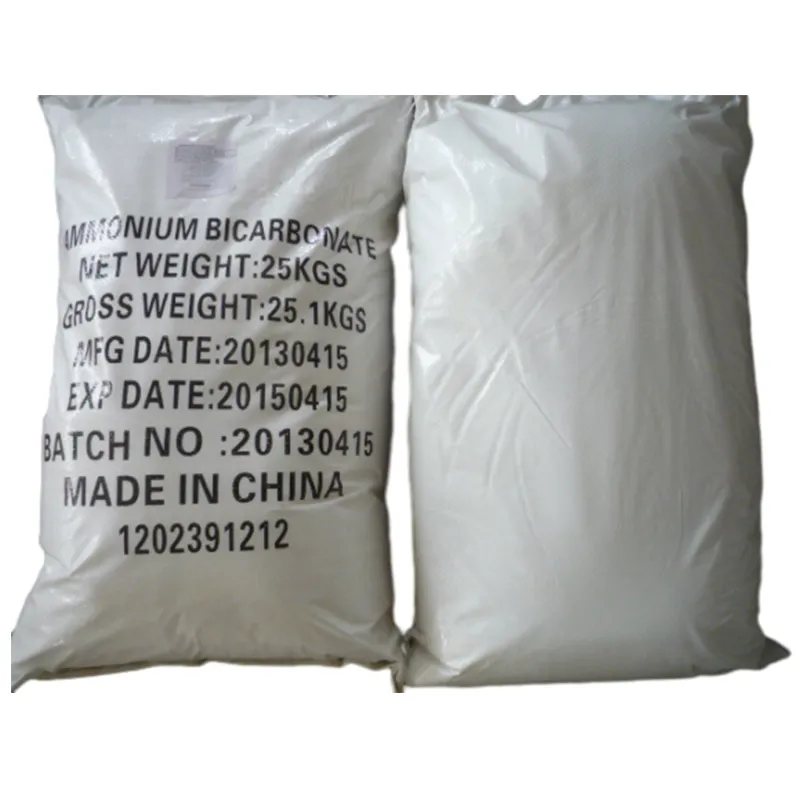
The Role of Sulfur Dioxide in Food Preservation and Safety Practices
The Role of Sulfur Dioxide as a Preservative
Sulfur dioxide (SO₂) is a colorless gas with a sharp, pungent odor, widely recognized for its role as a preservative in food and beverages. Its use dates back thousands of years, particularly in winemaking and the preservation of fruits and vegetables. This article explores the characteristics, benefits, and considerations of using sulfur dioxide as a preservative.
Sulfur dioxide serves primarily as an antioxidant and antimicrobial agent. When added to food products, it helps inhibit the growth of bacteria, yeasts, and molds, effectively prolonging shelf life. In winemaking, for instance, sulfur dioxide is commonly used to protect wine from oxidation and spoilage caused by unwanted microorganisms. This is crucial for maintaining the flavor, color, and overall quality of the wine, ensuring that it remains enjoyable for consumers over extended periods.
One of the key advantages of sulfur dioxide is its effectiveness at low concentrations. This means that relatively small amounts can achieve significant preservation results, making it an efficient choice for food processing. Moreover, sulfur dioxide is relatively inexpensive compared to other preservatives, which can be an essential consideration for producers looking to manage costs while maintaining product quality.
In addition to its preservative qualities, sulfur dioxide also plays a role in enhancing the sensory characteristics of certain foods. For example, dried fruits like apricots and raisins are often treated with sulfur dioxide to help retain their vibrant colors and fresh flavor. Without this treatment, these foods would likely oxidize and lose their appeal.
sulfur dioxide as a preservative

However, the use of sulfur dioxide as a preservative has raised some concerns, particularly regarding food allergies and sensitivities. Some individuals experience adverse reactions to sulfites, which can manifest as respiratory issues, headaches, or other allergic symptoms. Consequently, regulatory agencies in various countries require that foods containing sulfur dioxide be clearly labeled, allowing consumers to make informed choices.
Additionally, while sulfur dioxide is recognized as safe for consumption when used within prescribed limits, excessive consumption can lead to health risks. Therefore, monitoring and adhering to established safety guidelines is crucial for both manufacturers and consumers.
In recent years, the trend towards natural and organic food products has led some producers to explore alternatives to sulfur dioxide. These alternatives include natural preservatives like vinegar, salt, and certain essential oils. While these options can be effective, they may not provide the same level of preservation or may alter the food's flavor or texture.
In conclusion, sulfur dioxide remains a widely used and effective preservative in the food and beverage industry, primarily for its ability to inhibit spoilage and enhance the sensory qualities of products. While it offers numerous benefits, awareness of potential sensitivities and strict adherence to safety guidelines are essential. As consumer preferences continue to evolve, the dialogue surrounding sulfur dioxide and its alternatives will likely remain dynamic, reflecting the ongoing balance between food safety, quality, and consumer choice.
-
Buy High-Quality Trichloroisocyanuric Acid for Sale | TCCA 90% SupplierNewsAug.30,2025
-
Pure Sodium Dichloroisocyanurate Dihydrate | Powerful DisinfectantNewsAug.29,2025
-
Industrial Chemicals: Quality & Purity for Every IndustryNewsAug.28,2025
-
Nitrile Rubber Honoring Strict Production StandardsNewsAug.22,2025
-
Aspartame Ingredients Honoring Food Safety ValuesNewsAug.22,2025
-
Fertilizer for Balanced Plant NutritionNewsAug.22,2025
-
Cyanide Gold Processing with High Purity AdditivesNewsAug.22,2025
Hebei Tenger Chemical Technology Co., Ltd. focuses on the chemical industry and is committed to the export service of chemical raw materials.
-

view more DiethanolisopropanolamineIn the ever-growing field of chemical solutions, diethanolisopropanolamine (DEIPA) stands out as a versatile and important compound. Due to its unique chemical structure and properties, DEIPA is of interest to various industries including construction, personal care, and agriculture. -

view more TriisopropanolamineTriisopropanolamine (TIPA) alkanol amine substance, is a kind of alcohol amine compound with amino and alcohol hydroxyl, and because of its molecules contains both amino and hydroxyl. -

view more Tetramethyl Thiuram DisulfideTetramethyl thiuram disulfide, also known as TMTD, is a white to light-yellow powder with a distinct sulfur-like odor. It is soluble in organic solvents such as benzene, acetone, and ethyl acetate, making it highly versatile for use in different formulations. TMTD is known for its excellent vulcanization acceleration properties, which makes it a key ingredient in the production of rubber products. Additionally, it acts as an effective fungicide and bactericide, making it valuable in agricultural applications. Its high purity and stability ensure consistent performance, making it a preferred choice for manufacturers across various industries.





